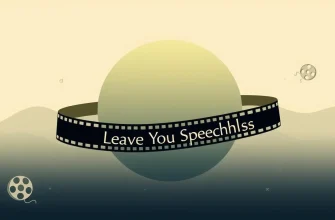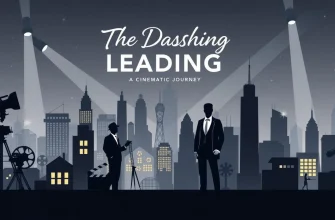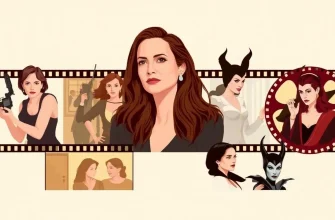Lucid dreaming, the phenomenon where one becomes aware they are dreaming and can control their dream, has fascinated filmmakers for decades. This collection of films explores the concept of lucid dreaming, offering viewers a journey through the subconscious mind, where reality and dreams intertwine. These movies not only entertain but also provoke thought about the nature of consciousness, control, and the power of the mind.
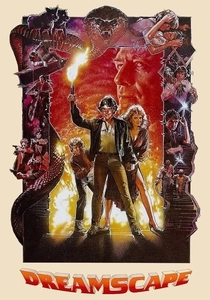
Dreamscape (1984)
Description: A psychic is recruited to enter people's dreams to prevent a presidential assassination, exploring themes of dream manipulation and control.
Fact: The film was one of the first to explore the concept of entering and controlling dreams for espionage purposes.
 Watch Now
Watch Now 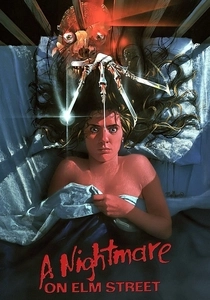
A Nightmare on Elm Street (1984)
Description: While not explicitly about lucid dreaming, Freddy Krueger's ability to kill in dreams touches on the concept of controlling one's dream state, albeit in a nightmarish way.
Fact: The idea for the film came from a series of articles about people dying in their sleep from unexplained causes.
 Watch Now
Watch Now 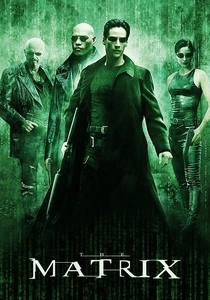
The Matrix (1999)
Description: Although primarily about virtual reality, the film's premise of a simulated reality where one can manipulate the environment mirrors the control one might have in a lucid dream.
Fact: The Wachowskis developed a unique visual style called "bullet time" to represent the bending of reality within the Matrix.
 Watch Now
Watch Now 
The Thirteenth Floor (1999)
Description: This sci-fi thriller involves virtual reality and the concept of living in a simulated world, which parallels the idea of controlling one's dream environment.
Fact: The film is loosely based on the novel "Simulacron-3" by Daniel F. Galouye, which also inspired "The Matrix."
 Watch Now
Watch Now 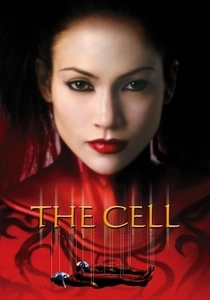
The Cell (2000)
Description: A psychologist enters the mind of a comatose serial killer to find his latest victim. The film uses vivid, surreal visuals to represent the inner workings of the mind, making it a unique exploration of the subconscious.
Fact: The film's dream sequences were inspired by the artwork of H.R. Giger, known for his work on "Alien."
 Watch Now
Watch Now 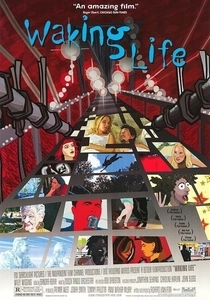
Waking Life (2001)
Description: This animated film follows a young man through a series of dream-like experiences, questioning the nature of reality, free will, and existentialism. Its rotoscoping animation style enhances the dream-like quality, making it a perfect fit for this collection.
Fact: The film features interviews with real philosophers, scientists, and artists, discussing their views on life, dreams, and consciousness.
 Watch Now
Watch Now 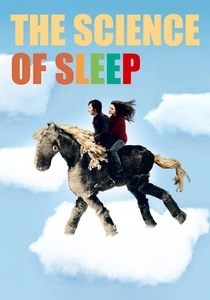
The Science of Sleep (2006)
Description: Michel Gondry's film follows a man whose dreams and reality blur, exploring themes of creativity, love, and the subconscious mind through a whimsical narrative.
Fact: The film was shot in Paris, with many scenes using practical effects to mimic the dream-like quality of the story.
 Watch Now
Watch Now 
Paprika (2006)
Description: This anime film explores a device that allows therapists to enter patients' dreams, which falls into the wrong hands, leading to chaos. The film's vibrant visuals and exploration of dream manipulation make it a standout in this category.
Fact: The film's director, Satoshi Kon, was known for his dream-like storytelling, and "Paprika" was his last completed work before his untimely death.
 Watch Now
Watch Now 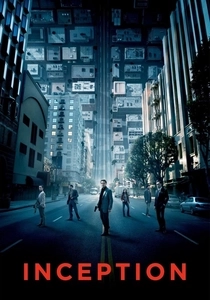
Inception (2010)
Description: Christopher Nolan's masterpiece delves into the world of corporate espionage through dream manipulation, where a group of specialists enter the subconscious to plant an idea into a target's mind. The film explores the layers of dreams within dreams, making it a quintessential lucid dreaming experience.
Fact: The film's dream logic was inspired by the works of Salvador Dalí and the surrealist movement. The spinning top, used by Dom to check if he's dreaming, was a gift from his wife, Mal.
 Watch Now
Watch Now 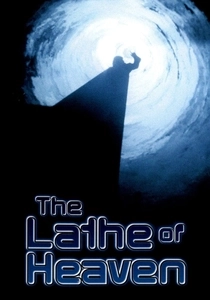
The Lathe of Heaven (1980)
Description: Based on Ursula K. Le Guin's novel, this TV movie features a man whose dreams can alter reality, delving into the ethical implications of dream control.
Fact: The film was remade in 2002, but the original is often considered more faithful to the source material.
 30 Days Free
30 Days Free 




